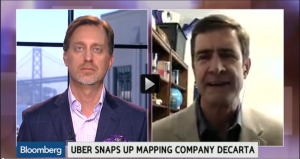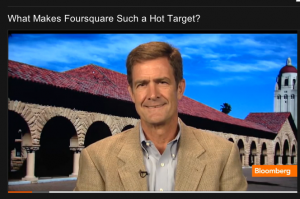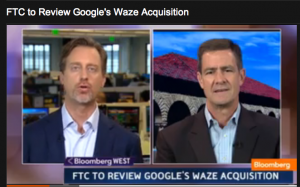Note: This is the first of two posts, both coming out of the recent discussion about whether OpenStreetMap should eliminate the Share Alike clause in the license. Alex Barth started all that with his post. I won’t re-hash Alex’s argument but you can (and should) read it.
Management guru Peter Drucker observed that most of life’s arguments result from the inability of the parties concerned to agree on what exactly they were arguing about. I find that that wisdom holds pretty consistently, and is certainly applicable to the comments and arguments spawned by Alex Barth’s post on the need for OpenStreetMap to drop the Share Alike clause of the contract.
The OSM community is roughly divided into two groups. They are:
- Those that believe that the important thing about OSM is the act of creating the
 map. The community that comes together to build an open source product that can be shared and built further by that community. They favor hand-entered data, distrust corporate motives regarding, value community involvement and consider beer drinking an essential ingredient of map-making. I’ll call this group The Artists.
map. The community that comes together to build an open source product that can be shared and built further by that community. They favor hand-entered data, distrust corporate motives regarding, value community involvement and consider beer drinking an essential ingredient of map-making. I’ll call this group The Artists.  Those that believe that the important thing about OSM is getting the map done. The process of getting that map done is less important than the act of completion; of getting to a usable, open-source map that is free to use and free of byzantine license restrictions associated with commercial maps. They like bulk data imports, especially if they can drink beer while the data is uploading. I’ll call this group The Merchants.
Those that believe that the important thing about OSM is getting the map done. The process of getting that map done is less important than the act of completion; of getting to a usable, open-source map that is free to use and free of byzantine license restrictions associated with commercial maps. They like bulk data imports, especially if they can drink beer while the data is uploading. I’ll call this group The Merchants.
Much of the raging that goes on inside the OSM community is between these groups, always at odds because they fundamentally don’t agree on The Important Thing about OSM. The comments from one side sail harmlessly past the other without any impact and certainly no changing of minds. At least they can agree on the beer.
One group isn’t right and the other wrong. After all, there’s no authority within OSM to make that sort of statement. They just are, and from what I can tell will continue to be. None of that impacts Alex’s argument, but it helps to categorize the responses. For the record, I am in the Merchant camp and the following comes from that perspective. If you are an Artist, my rationale won’t make sense.
There is actually a third group: Those that couldn’t care less. They signed up and contributed because it sounded fun, but really have no opinion. I don’t know what percentage of OSM users this represents but if you estimate it by the number of members that don’t vote for OSMF directors, I’d say it is the biggest group of the three.
Author’s note: I have been an OSM member since 2006, although my contributions are spasmodic and a bit of a random walk. I have worked with two organizations that have worked on commercial applications of OSM (Cloudmade and MapBox) and have talked to just about every major internet player interested in mapping about their opinions of the project. I subscribe to the legal-talk forum because I believe that self-flagellation is purifying for the soul.







